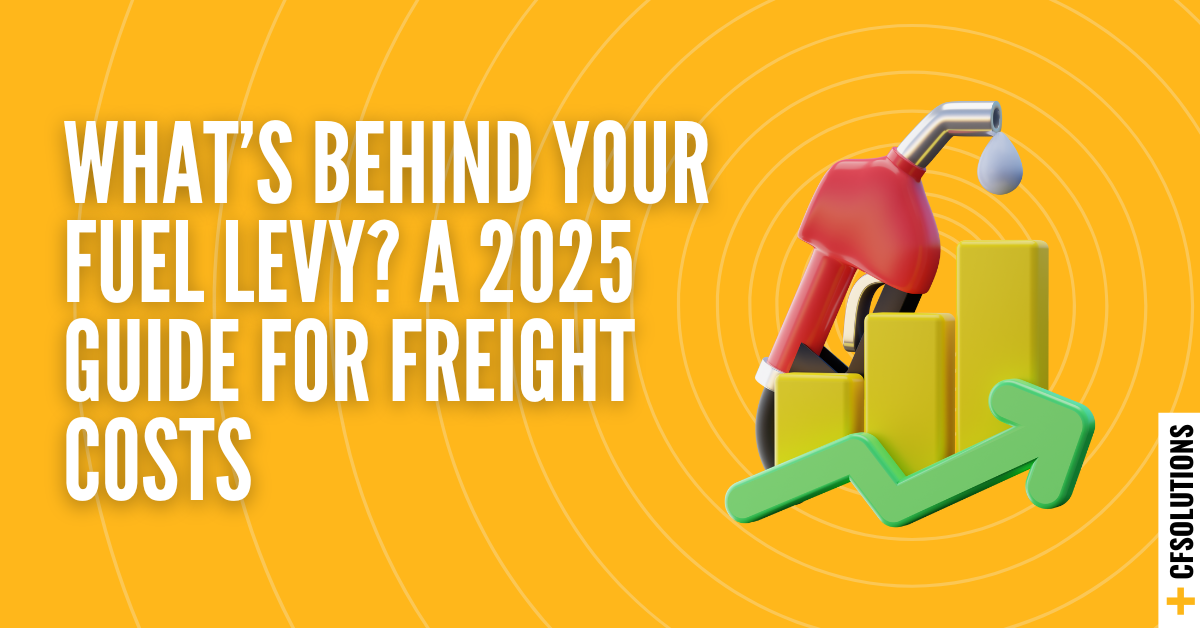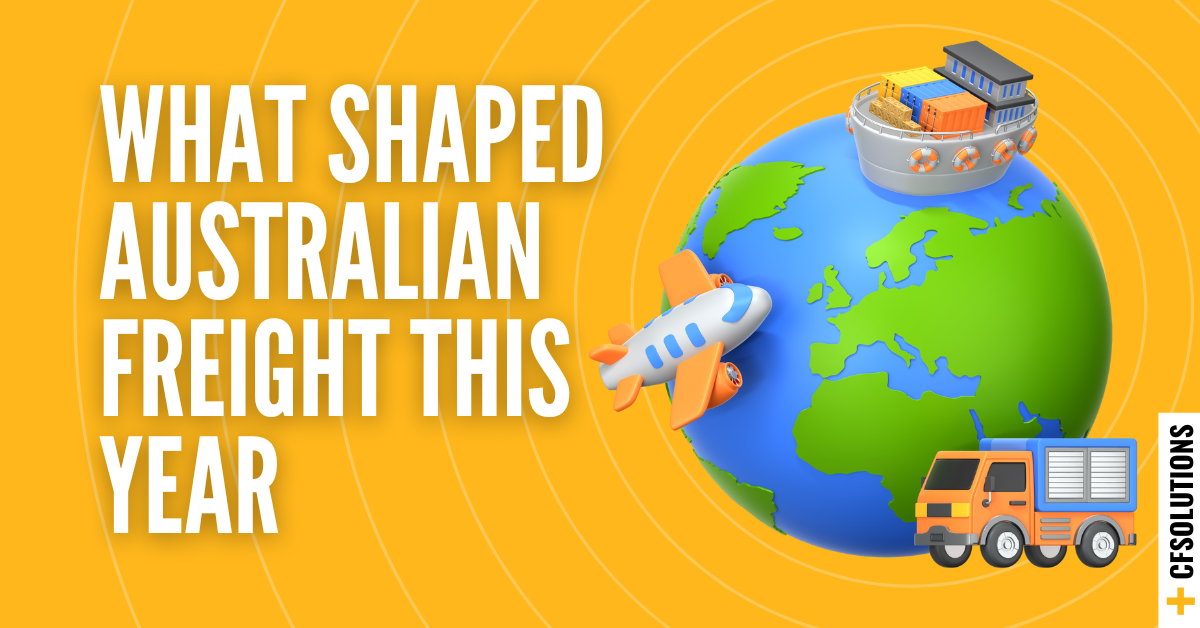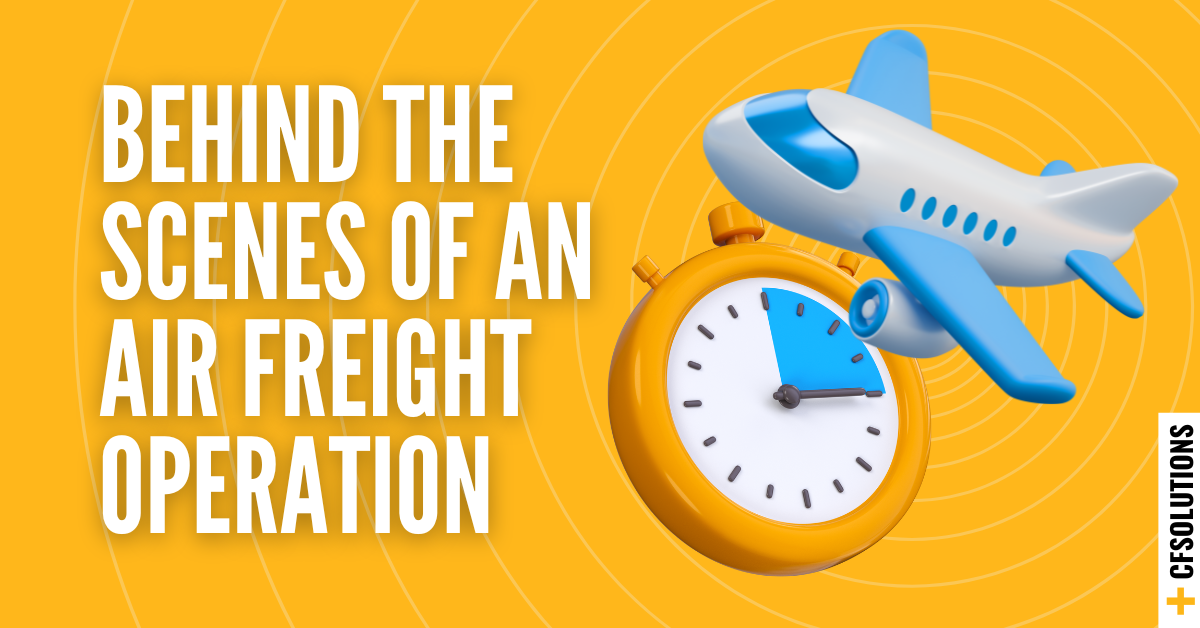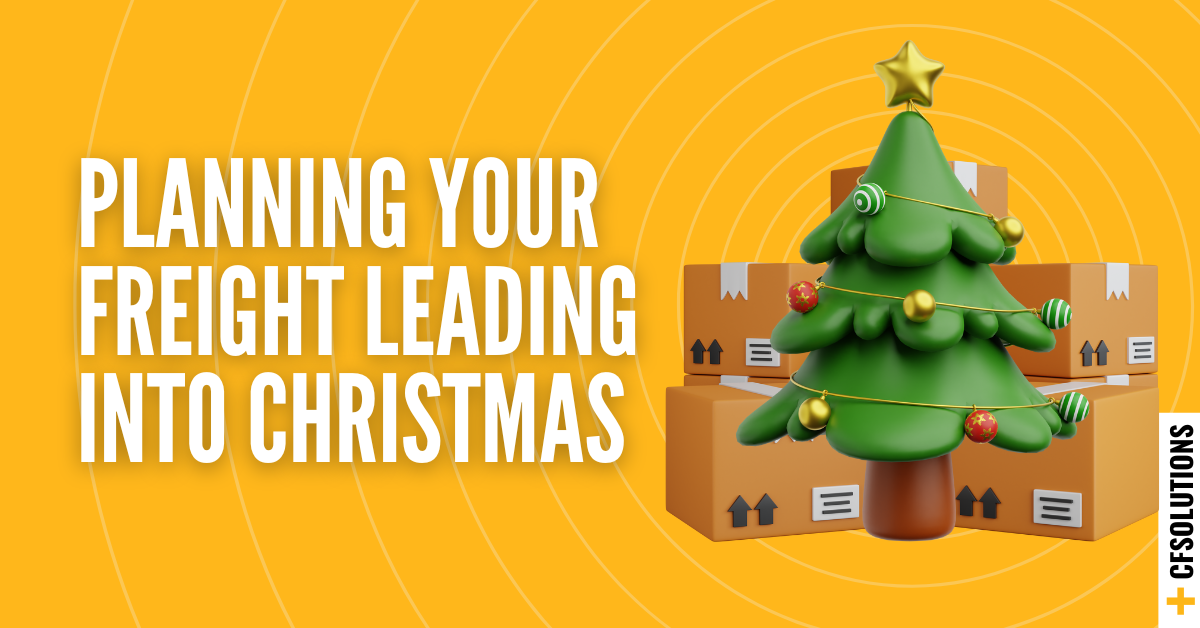
Fuel levies have become a familiar line item on many freight invoices, yet they’re not always well understood. While they might seem like just another surcharge, fuel levies play a key role in how freight rates are managed, especially when fuel prices shift over time.
With 2025 bringing more frequent levy adjustments and increased transparency from providers, now is a good time to revisit how these charges are calculated and why they can vary from month to month.
What Is a Fuel Levy?
A fuel levy is a separate surcharge added to the base cost of freight. It helps transport providers manage the variable cost of fuel without needing to constantly adjust their underlying rates.
Fuel levies are calculated as a percentage and usually reviewed weekly or monthly, depending on the carrier. The percentage is based on changes to a published fuel price index, for example, the ACCC’s weekly fuel price data or the Australian Institute of Petroleum (AIP) Terminal Gate Prices
How Is a Fuel Levy Calculated?
While methods vary slightly between carriers, most use a version of this formula:
Fuel Levy % = ((Current Fuel Price – Base Fuel Price) ÷ Base Fuel Price) × Fuel Cost Share
-
Current Fuel Price: Often based on weekly average diesel prices (national or regional)
-
Base Fuel Price: A set benchmark price the carrier established at contract start
-
Carrier Factor: Reflects what percentage of total freight cost is fuel-related
Some providers also publish their own fuel levy tables that show the levy percentage for different price bands.
What’s Evolving in 2025?
A few key factors are influencing fuel levy movements this year:
-
Diesel prices remain higher than pre-2020 averages, partly due to global supply pressures
-
Some carriers have updated their base rates or levy tables to reflect longer-term fuel volatility
-
Environmental policies and fleet upgrades are increasing the fuel cost burden for many transport providers
-
There’s more frequent levy recalculation, weekly in some cases, which can lead to more variation in pricing
What This Means for Your Freight Planning
Understanding how fuel levies work can support more accurate forecasting and better conversations with freight providers.
Here are a few practical considerations:
-
Ask your transport provider for transparency, most are happy to share their fuel levy table or explain their index
-
Review the fuel component of your freight costs regularly, especially for high-volume lanes
-
Factor flexibility into freight budgets to accommodate levy changes without needing to rework forecasts
Fuel levies are a longstanding part of the freight industry, designed to help carriers manage cost changes without overhauling their rate structure. In 2025, these levies remain relevant and understanding how they work puts you in a better position to plan ahead.
If you're trying to make sense of how fuel levies affect your freight costs or want a clearer view of how pricing works across your supply chain, our team is here to help. Whether you’re reviewing your current setup or just need a second opinion, we’re happy to chat and point you in the right direction. Get in touch with us to discuss how we can support your freight goals.
Subscribe to our Newsletter or Follow Our Socials
Related Posts
- by Customised Freight Solutions
- 0 Comments
Freight Wrap-Up 2025: What Shaped Australian Freight This Year
The past twelve months have continued to reshape how Australian ...
Read More- by Customised Freight Solutions
- 0 Comments
Behind the Scenes of an Air Freight Operation
Air freight is one of the most dynamic parts of Australia’s logistics ...
Read More- by Customised Freight Solutions
- 0 Comments
Planning Your Freight Leading into Christmas and Understanding Carrier Cut-Offs
The Christmas period is one of the most exciting times of the year ...
Read More



